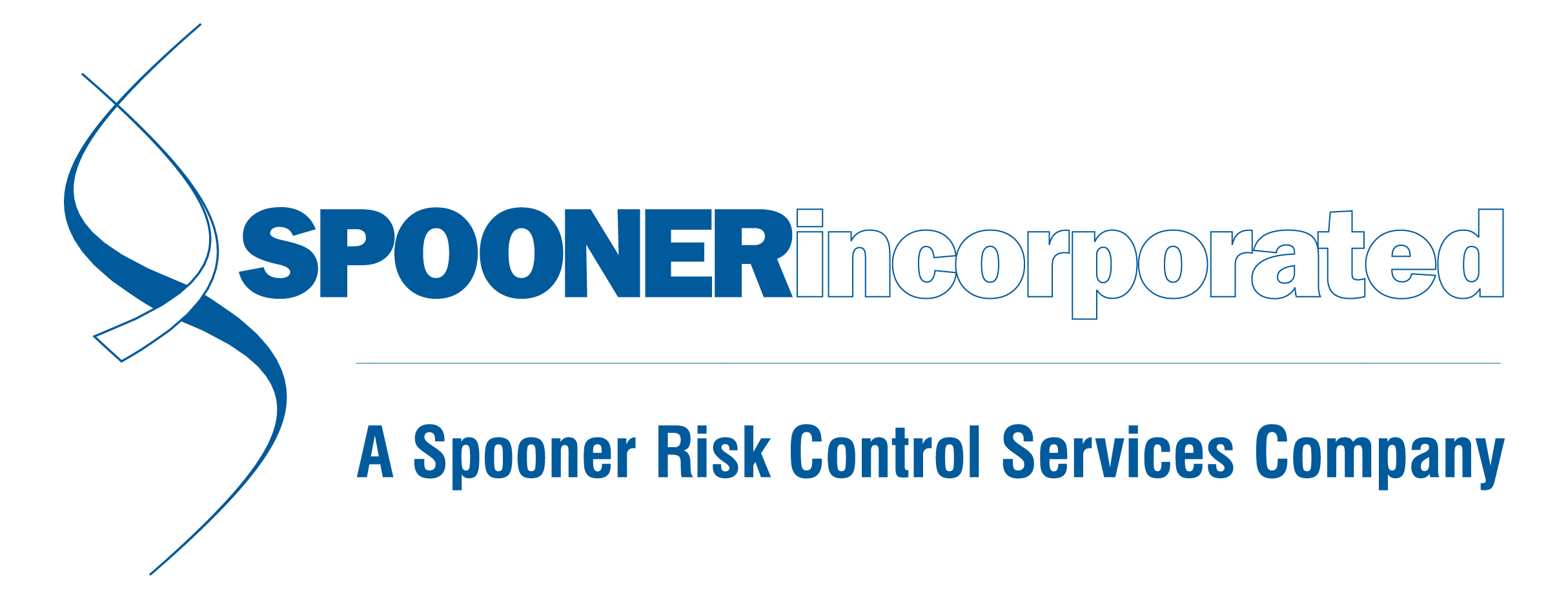2022 OSHA Year in Review

OSHA was very well-funded and staffed throughout 2022, and they kept themselves busy. There were plenty of Regional Emphasis Programs (REPs) in region 5 (which includes Ohio), including grain handling, demolition, powered industrial vehicles, tank cleaning operations, and hearing conservation – plus a National Regional Emphasis program on Heat Illness.
While many businesses had largely forgotten about COVID protocols and safety measures by 2022, certain sectors of the healthcare industry were still under the agency’s microscope this year. The measures aimed at healthcare employers are “advisory” in nature, not considered standards or regulations. Still, OSHA did renew their focus on inspecting healthcare facilities from March through June 2022. The short-term initiative was directed at healthcare facilities that treat or handle COVID-19 patients, like hospitals and skilled nursing facilities. With surges still occurring, we could see more of these focused inspections in 2023.
A number of National Emphasis programs were also issued, including one for Heat Illness. This issue has become a top priority over the last few years, due to climate change creating unbearably hot conditions for both indoor and outdoor workers. OSHA published an Advance Notice of Proposed Rulemaking back in October 2021, with an extended comment period through late January 2022. In simpler terms, they’re indicating that a standard is being considered and took the opportunity to seek input from employers, industry groups, NIOSH, etc. As of now, worker protection from heat injury and illness falls under the General Duty Clause. However, OSHA has faced several legal challenges in trying to use that catch-all for heat illness, since a judge declared that the General Duty Clause lacks “specific, authoritative thresholds” for heat exposure.
Site-Specific Targeting was another OSHA initiative to keep employers on their toes this year. This is a programmed inspection initiative for non-construction employers with over 20 employees. Targeted establishments can include those with increased DART rates, upward-trending rates, non-reporting companies, and yes – even a few with downward-trending rates “to confirm quality control and data accuracy.”
Finally, OSHA put another reporting change in place that employers will need to adjust to. The email used for your Injury Tracking Application (ITA) account must match the email address used for your login.gov account, so that the two can sync. Luckily, they’ve put out plenty of instructional info since this is likely to confuse some folks. You can watch a video, or follow along with this PDF. You’ll have to complete this before you’re able to access the ITA to submit your 2022 (calendar year) data.
If you have any questions about these changes and how they impact your business, don’t hesitate to reach out to your Spooner safety rep, or your client services manager.

